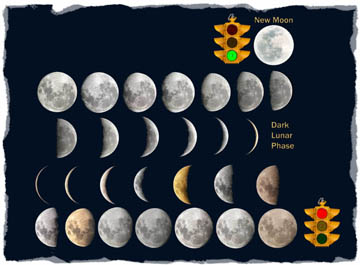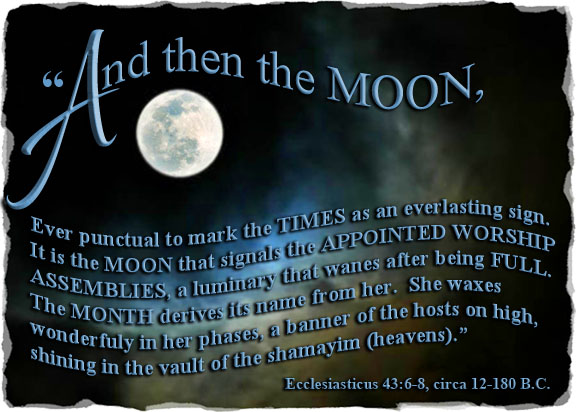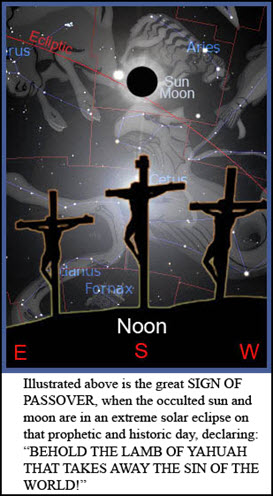The Full Moon Waxes According to Its Covering of LIGHT
The Full Moon Waxes
According to Its Covering of LIGHT
 Job 26:9
Job 26:9
This interlinear Word Study reveals that there is hidden here beneath the prose of an errant translation a profound description of the Creator’s ordained full New Moon. In fact, the waxing full moon is the very subject of this verse in Job 26:9. For the full moon waxes according to its covering of LIGHT.
The Face that Declines and Turns Back
This review of the lunar attributes illustrates how the non-liminal moon forms time by first declining and then returning back to its original position as the full moon, fully clothed and covered with pure and perfect reflected Jordan 10 Retro Light Smoke Grey310805-062 , 602 Release Date – Verse 555088 – Air Jordan 1 Origin Story Spider – IetpShops LIGHT. This view is further supported by the historical text found in Ecclesiasticus:

The Full Moon Waxes According to Its Covering of Light
The second portion of this verse identifies the full moon as expanding according to its covering of LIGHT. It has already been established that the subject is the full moon. When the word “expands” is linked to the moon, it always means “waxing with LIGHT” and not “disappearing una Jordan auténtica into the darkness.” Why? Because the moon is only an object of substance to be appreciated and valued as it is visible and receiving LIGHT from the sun. So when the verse states that the full moon waxes according to its covering, we can know for certain that this covering is not a covering of darkness but one of pure LIGHT.
A pillar of cloud led Israel through the wilderness by day to shelter them from the scorching heat of the sun that ruled the day, but by night, it was a pillar of fire to keep them warm and show forth the ever-guiding presence of Yahuah. This is no different than the light of the moon showing forth the Creator’s timeless love for mankind via His lesser LIGHT by night.
In Modern Hebrew today, (anan #6051 עננ) primarily refers to “cloud or covering.” But is this the same word used for the Shekinah (presence of Yahuah) that rested over the Ark of the Covenant (Leviticus 16:2)? I would be hard-pressed to believe that was a dark cloud. In Leviticus 16:13, this same word describes the smoke of the incense, which is also white. But there is no doubt many would argue that this word cloud/covering can only mean a cloud of darkness because they have bought into the theory that the dark moon is the New Moon. But, for the sake of argument, let’s remove the word (anan #6051 עננ) cloud or covering from the sentence to see how it reads without it.
“From the portion of the face that declines and returns, the full moon expands (waxes) accordingly, as His boundary ordinance of set time.” Job 26:9
What we find is that the verse continues to pragmatically identify only a full expanded moon.
Ordinance of Set Time
This full moon lunar phase is further shown to be Yahuah’s boundary marker and ordinance of set time. Meaning that it marks the boundary of the astro-lunar-solar year, lunar months, lunar weeks and their Sabbaths, as well ir jordan 3 whataburger custom as demarcating the count of the monthly dates each day of the year in a most visible display.
In like manner this chief lunar phase bequeaths the greatest amount of light possible as it rules one night only each month, from its rising in the east even unto the west. This honored lunar phase alone was ordained to establish a time each year and month for Sabbaths and Kadosh Feast Days.
In addition, only the full moon rising in the east synchronizes with the east gate of the temple, announcing it will be open the following sunrise for New Moon Day. Thus, it is only through a marriage of the full moon with the east gate of the temple that the true Sabbath fruit is found each month. Refer to Word Study on Revelation 21:21.
Throughout the month, each lunar phase demarcates one day from another in two distinct ways as two witnesses. First with its position in the sky and second by the percentage of light it receives from the sun.
Might this full New Moon be the chief symbolic cornerstone of both the earthly and shamayim sanctuary’s unilateral time system? Might the full moon be the stone rejected that was restored as the chief cornerstone of time synchronizing Earth with the New Jerusalem above? Might this full moon that has no darkness in it be representative of the Messiah, of whom it is said, “there was found no sin in him, neither darkness nor shadow of turning (1 Peter 2:4-7, 2 Corinthians 5:21, James 1:17).”
With all this said, why then in verse 9 was the word for the full moon (#3677 כסה) translated instead as “throne?” Strikingly, the Hebrew word for “throne” (#3678 כסה) is found to be the exact same Hebrew word as “full moon.” The only difference between them has been created in the last 1,700 years with the introduction of vowel points. It is through the process air jordan 6 toro of adding and changing vowel points that translators can make serious contextual changes in Scripture. For instance, Strong’s Concordance/Bible Dictionary has creatively given a unique number to each form of the same word. The unsuspecting would never think to question the choice of word used in a verse or look it up to compare to see if there is a better, more accurate word choice for the sentence with the same Hebrew spelling. Thus, many truths, undesirable to some but decidedly more accurate, may be hidden under the rubble of the lying pens of scribes (Jeremiah 8:8-9).
|
Below are the Scripture versions that recognize the context of this verse in Job 26:9 was intended to be the “full moon” and NOT the “throne:”
|
There appears to be a systematic cover-up of the truth regarding the true full New Moon. The Hebrews/Jews/Semites ultimately gave up their time-keeping that was once in harmony with the Torah/Tanakh as they succumbed to the pressures to adopt Roman calendation in A.D. 358.

On the day of our Messiah’s crucifixion, Passover, Aviv 14, four recorded eyewitnesses whose names are in Scripture declared it was the SUN that was darkened (Greek – skotizo #4654) as in a solar eclipse. So it appears that this most epic middle of the lunar month event was marked by a conjunction lunar phase along with a solar eclipse. This fact testifies that the true and original New Moon that appeared in the sky 14 days previously, at the time of the Messiah, was the FULL MOON, after all. Read more on this subject . . .
Several hundred years later, there are naysayers declaring that a solar eclipse on the day of the crucifixion would have been impossible, stating that everyone knows Passover always falls on a full moon. Yet, there is not one single piece of time-centric evidence in either the Tanakh (OT) or Brit Hadasha (NT) to support that Passover was ordained to occur at the full moon. Incredibly, these same folks utilize Psalms 81:3 to support their claim, but only as they change the order of most of the words in this short verse to make it say what they want. The belief that the dark conjunction lunar phase or crescent moon is the true New Moon appears to be no more than a 1,700-year-old lie that has become a tradition among the Rabbinical Pharisee Yahudim (Jews) and the Karaite Jews, as the whole of Scripture paints an entirely different picture. Refer to Oracles of Truth Lost for a Time in the article, Announcing a Paradigm Shift from One New Moon to Another.
“There are two ways to be fooled.
One is to believe what isn’t true;
The other is to refuse to accept what is true.
The TRUTH is found in what holds the greatest weight of evidence.”
For additional studies that illustrate the full moon is the original New Moon in Scripture, click HERE.
